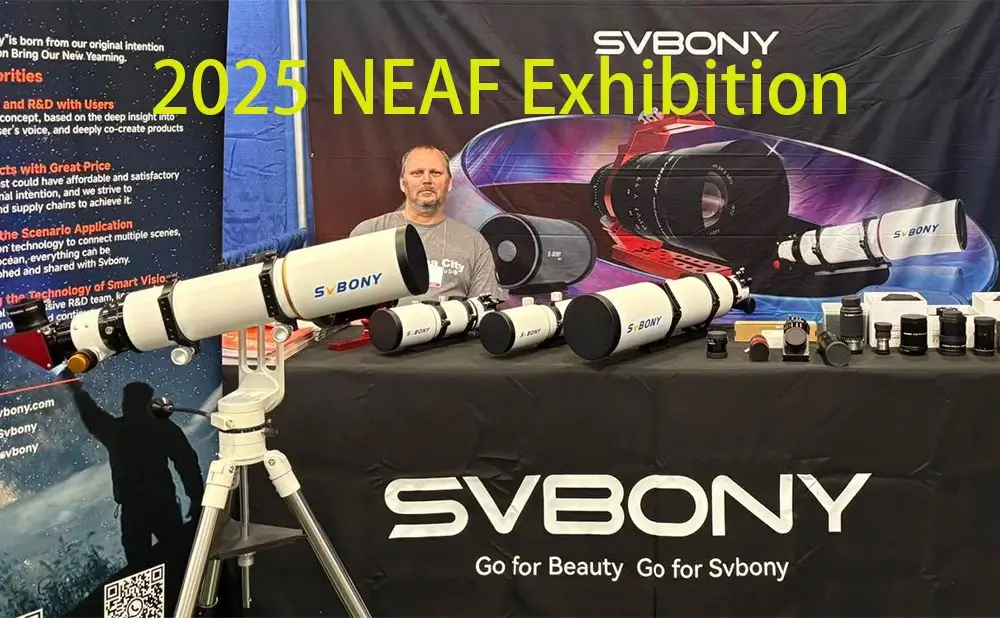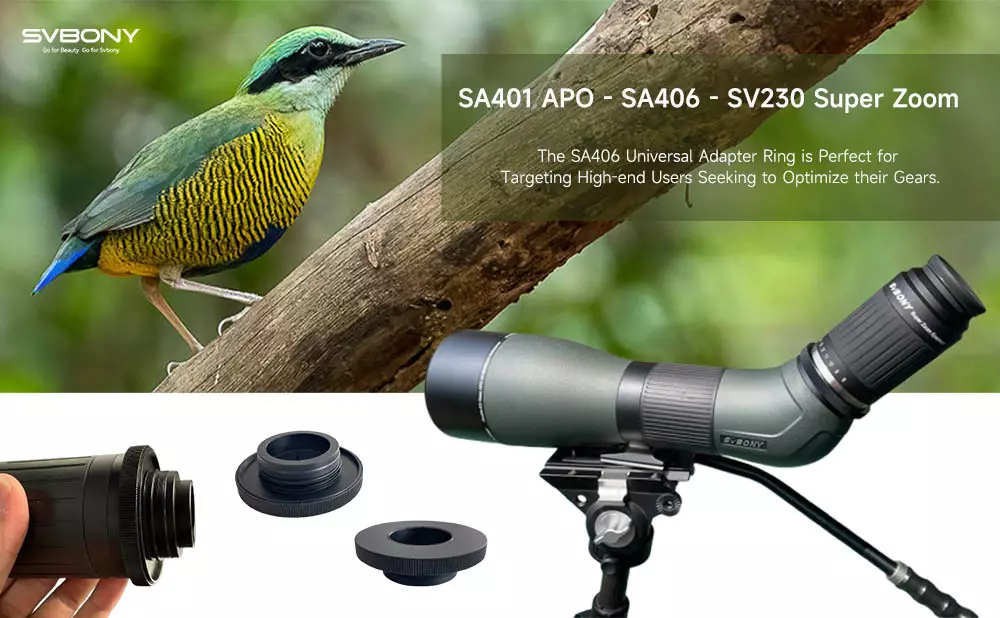Testing the SVBONY SV905C as an ST4 guiding camera

Testing the SVBONY SV905C as an ST4 guiding camera
Original link: Testing the SVBONY SV905C as an ST4 guiding camera
Plus an experiment with an Optalong LeNhance filter for imaging under a bright Moon.
A William Optics Zenithstar, 66mm, f/5.9, APO, ED doublet refractor was mounted on a Celestron AVX EQ GOTO mount. A 14bit ZWO ASI 178MC uncooled camera was placed at the focus. For the main test the ZWO camera was fitted with a dual narrowband Optolong L-eNhance filter that transmits light of H-alpha, Olll and H-beta wavelengths, whilst cutting out other wavelengths, including much of the continuum light from the Moon and the sky glow. This test was done under a 92% waxing Moon which was very bright in the sky and above Orion. The Orion nebula was the imaging subject of the imaging session although some preliminary auto-guiding tests were done with the Pleiades.
A 50mm F=190mm guidescope was mounted on the 66mm refractor and an SVBONY 905C camera was used for ST4 multi-star auto-guiding with PHD2.
Equipment used

Initially the L-eNhance filter wasn’t used and the scope was aimed at the Pleiades. The SV905C camera was used for multistar ST4 autoguiding with PHD2. The longest exposure tested was 5 minutes and absolutely no movement was seen between images in successive exposures. This was evidence that the camera functioned well as an ST4 guide camera. These days, most people, including ourselves, use the superior pulse guiding method. With pulse guiding, PHD2 ‘knows’ where in the sky the scope is pointing whereas with ST4 it doesn’t. There are consequences of this such as having to recalibrate the guiding if you stop guiding and slew to a new target in a different part of the sky. Nevertheless, there are many who do use ST4 auto-guiding, and this test shows that the SV905C would be a suitable ST4 guide-camera for them.
Stack of 5 x 5 minute exposures of some of the stars in the Pleiades. It was not intended to produce an image but rather for testing the ST4 auto-guiding prior to imaging the main subject, the Orion nebula when it rose into a suitable position.

The ST4 auto-tracking using the SV905C was flawless on these test stars.
In order to image the Orion nebula which is bright and easily ‘visible’ to the guide camera, it is best to angle the guide-scope so that it is not parallel to the imaging scope. In this way, the bright nebula being imaged does not interfere with the guiding process.
The Guide-scope is set at an angle to the direction in which the imaging scope is pointing.



The SV905C camera can be seen mounted on the guide-scope.
This shows the advantage of a six point suspension of the guide-scope within the guide-scope rings, allowing the scope to be directed in an optimal direction for the guide stars.
AstroDMx Capture for Windows was used to capture 100 x 30s exposures and 15 x 60s exposures of the Orion nebula, with matching dark-frames, using the 14bit, uncooled ZWO ASI 178MC camera fitted with the Optolong LeNhance dual band, narrowband filter.
Screenshot of AstroDMx Capture saving Fits data on the Orion nebula

Screenshot showing PHD2 controlling ST4 auto-guiding with the SV905C guiding camera


Screenshot showing PHD2 controlling ST4 auto-guiding with the SV905C guiding camera

The auto-guiding performed quite well during the collection of data on the Orion nebula.
The FITs files were calibrated and stacked in Deep Sky Stacker and post processed in the Gimp 2.10, FastStone, and Neat Image.
The Orion nebula with an Optolong LeNhance filter and a 14bit ZWO ASI 178MC camera


These experiments showed that the SV905C camera functioned well as an ST4 guiding camera.
They also demonstrated that the 14bit ZWO ASI 178MC uncooled camera, with the LeNhance narrowband, dual band filter, could image the Orion nebula in bright moonlight.









